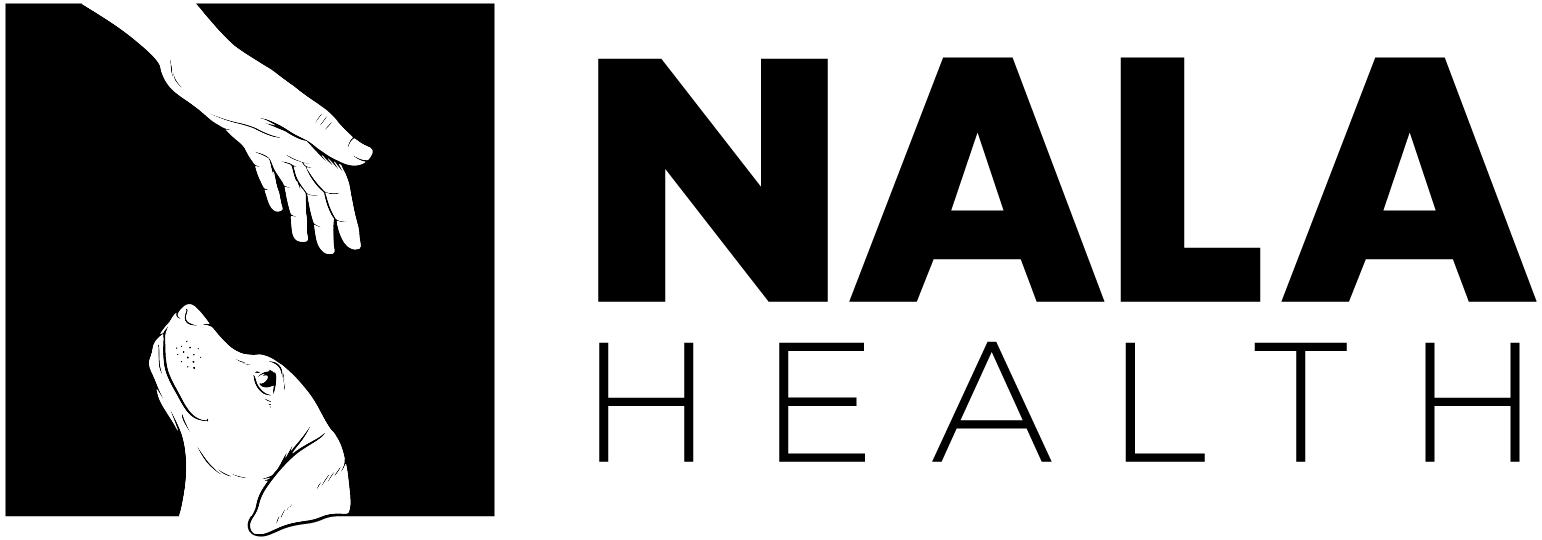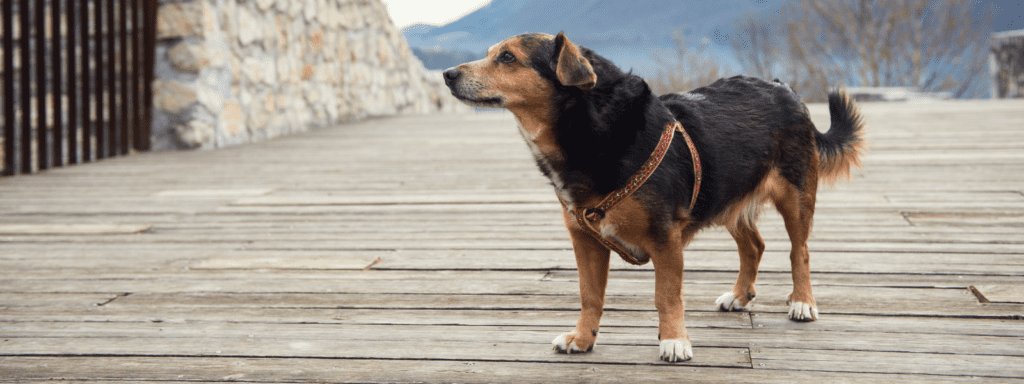Overweight and obese dogs
 Cecilie Hemsen Berg
Cecilie Hemsen Berg
Weight gain and obesity are first and foremost lifestyle diseases and the most common preventable disease in dogs. A body weight that is just 10% above your dog’s ideal weight decreases its lifespan by one-third and increases the risk of serious health problems. A large lifetime study of Labrador retrievers found that being even moderately overweight can reduce a dog’s life expectancy by nearly 2 years compared to their leaner counterparts.
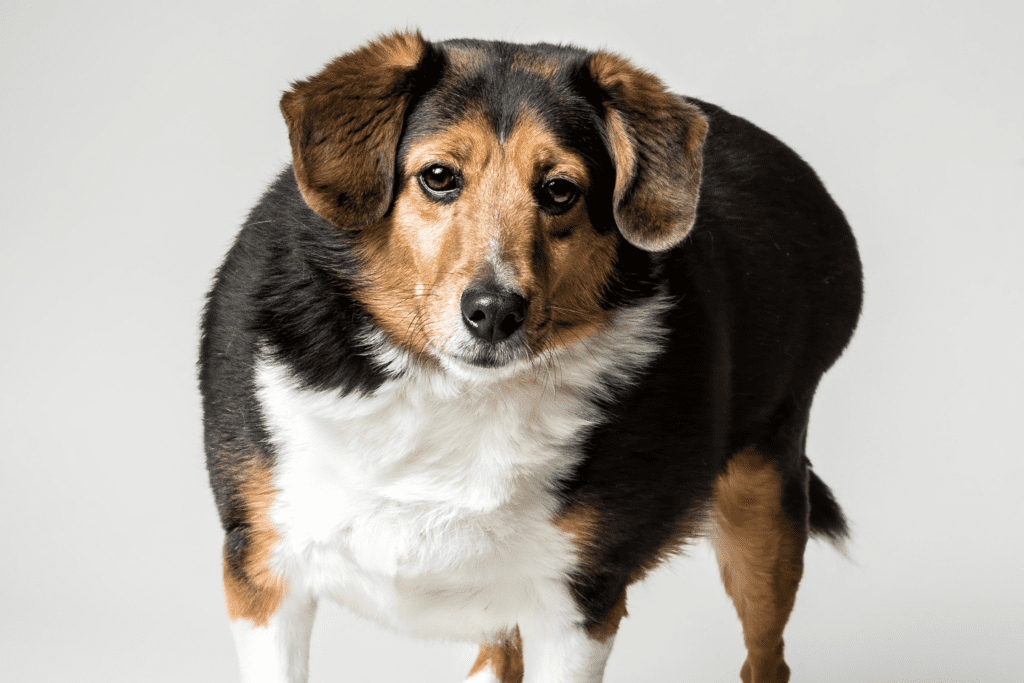
Causes of obesity
Obesity is a common lifestyle disease that is normally easy to treat and prevent. We are responsible for the quality and amount of food, treats and exercise our dog receives. Causes of weight gain and obesity include:
- Too much food and treats. Using food as a reward and to show our love can unfortunately result in your dog gaining weight if not monitored.
- Lack of or little activity. While food is the biggest contributing factor to obesity, dog parents also need to walk their dogs every day. How much exercise your dog needs depends on its breed, size and overall health. Larger working dogs like Border Collies need a lot of exercise, while small toy dogs may only need 30 minutes. The amount of food your dog eats should also be adjusted according to the amount of exercise they do in a day.
- Unbalanced diet. Feeding your dog an unbalanced diet that is too high in for example fat and calories, or a diet that is wrong for their age may also lead to weight gain.
- Diseases such as endocrine abnormalities (hypothyroidism and hyperadrenocorticism).
- Medication used for contraceptive management, has also been associated with the development of obesity.
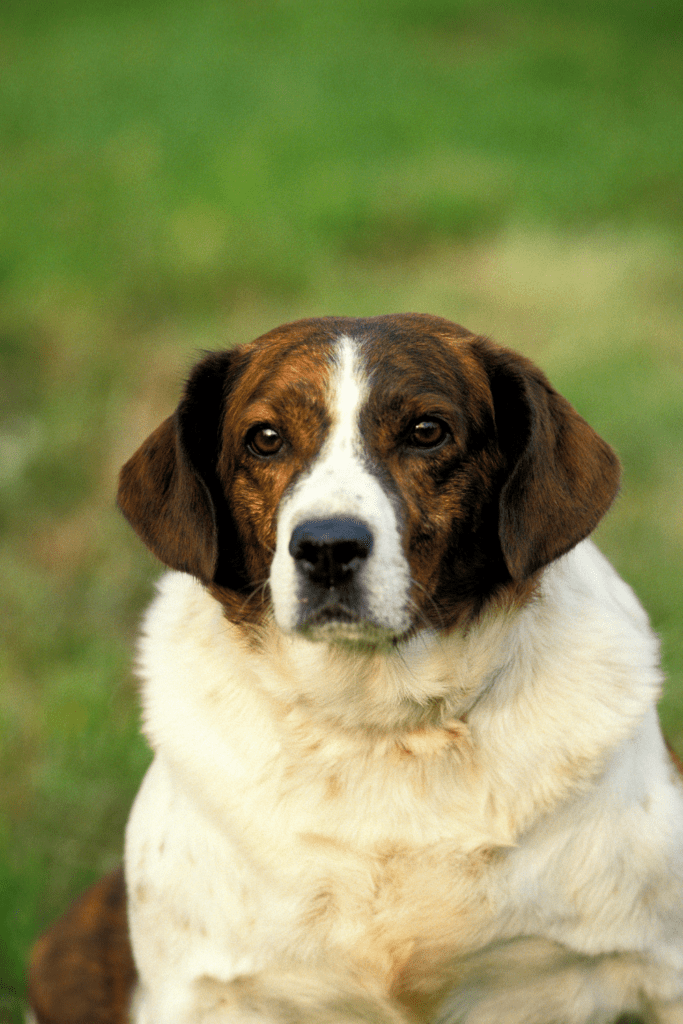
Other contributing factors to dog obesity include
- Female dogs gain weight easier than male dogs.
- Older dogs gain weight more easily than younger dogs as their metabolism slows down. This is why feeding dog food tailored to your dog’s life stage is important.
- If your puppy is overweight, it usually leads to weight problems in adulthood.
- A neutered dog will be more prone to obesity as it will need approximately 20% less food/calories.
- Some breeds are more prone to obesity, such as Labrador retrievers, Collie and Basset hound.
- Joint pain contributes to a lower level of activity, and thus the risk of obesity.
How to check for obesity in dogs
Body shape
The easiest way to see if your dog is on the “heavy side” – is to look at the body shape. The diagram shows the various body shapes of dogs from underweight to obese. When looking at your dog from the side it should have a tucked tummy and a lean body shape where you will feel, but not see its ribs. From above you will see a defined waist and a tapered body from shoulder to hips. However, no bones should be visible as this is a sign of your dog being underweight, which is also not healthy.

While dogs vary widely in body shape and volume of fur, this test should work for 95% of dogs
Weight
You can do a quick Google search to find the average weight of your dog’s breed and sex. Your vet can also tell you what weight is ideal for your dog, based on sex, breed and age. If your dog is between 10% to 15% over its ideal weight, it is classified as obese. If your dog is obese, ideally, your dog should achieve about 1-3% body weight loss per week.
Rib test
Stand behind your dog, and gently run your hands along both sides of the rib cage. You should be able to easily feel, but not see each rib, and your dog should have a waist or a tucked-up area in front of the hind legs. If you can pinch more than an inch and/or your dog no longer has a waist then you should consult your vet to start a weight-loss plan.
Health issues linked to obesity
Obesity is linked to a range of health issues and diseases. Some of these include:
- Reduced ability of movement and grooming themselves
- Difficulties breathing, especially for short-snouted (brachycephalic) dog breeds
- Poorer quality of life and a shortened life expectancy
- Compromised immune system
- Chronic kidney disease
- Bladder/urinary tract disease and in some cases incontinence
- Liver disease
- Thyroid issues
- Type 2 diabetes
- Osteoarthritis and arthritis/inflammation in the joints. Obese dogs with osteoarthritis showed a significant decrease in lameness from weight loss starting at 6.10%
- High blood pressure and heart failure
- Cancer
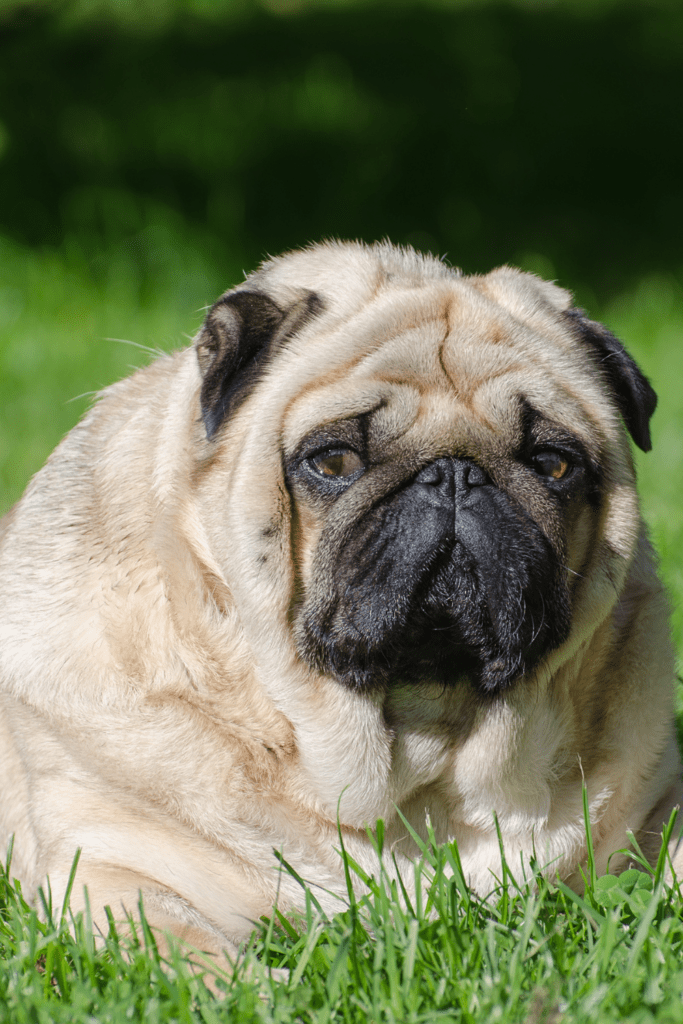
How to prevent obesity
In order to prevent your dog from becoming overweight, you need to find out what your dog’s ideal weight should be. You can do a quick Google search on your dog’s breed to see the average weight for your breed and gender to get a good idea of the approximate weight. Your vet will also be able to help you determine the optimal weight. 10% above your dogs ideal bodyweight is considered overweight, whereas 15 – 20% above your dogs ideal bodyweight will be defined as obesity.
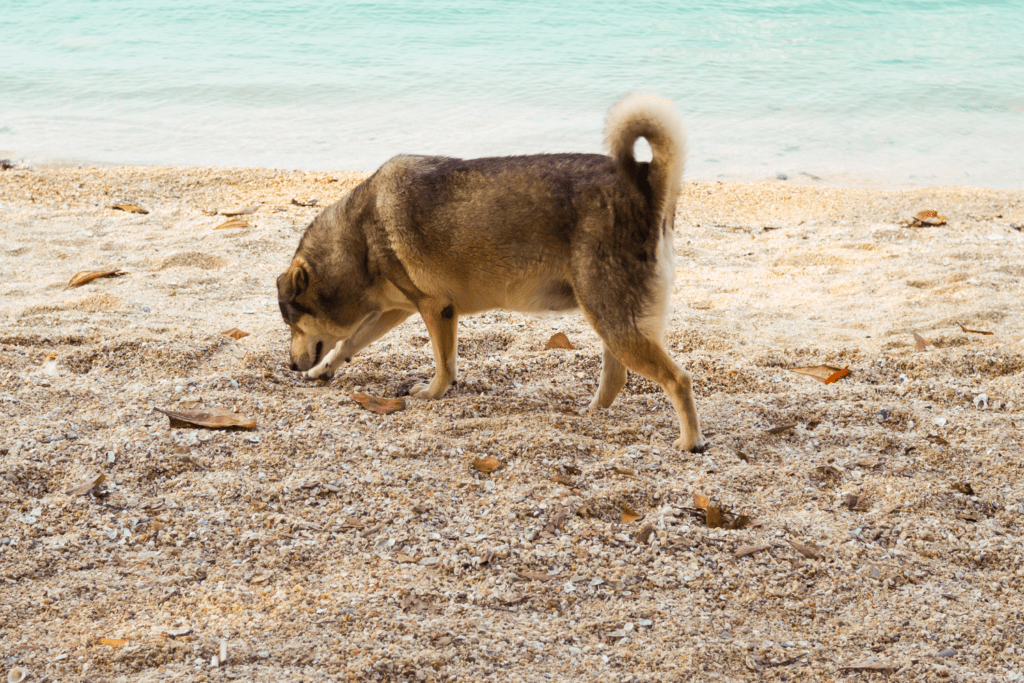
Once you know the ideal weight range you can determine if your dog is within this range or not. If your dog is overweight, book a health check for your dog to find out if there are any underlying medical causes for the weight gain. If your dog is within the appropriate weight range, you can prevent weight gain by:
- Providing the right amount of high quality food. If your dog gains weight easily you can consider feeding a complete, low-calorie food. You can add healthy veggies such as green beans, carrots, cauliflower or butternut to their meal. It is also important to make sure your dog gets enough fresh water.
- Limit the number of treats, snacks and leftovers you feed your dog. Especially small dog breeds, as even a small treat can be significant to the total daily calorie intake.
- Exercise and play every day. Activity is essential for good health and optimal weight. This is quality time for you and your dog, where you form a stronger bond. Exercise must be adapted to your dog’s general health and age. For example, if your dog has painful joints or heart disease you should limit exercise to short and more frequent walks on soft ground.
Nala Health offers Lite dog food with high-quality protein and other beneficial ingredients like Taurine and L-Carnitine, 2 amino acids involved in the healthy metabolism of fat. In addition, water-soluble fiber and probiotics will support the healthy gut bacteria which is key to the overall health and well-functioning of the digestive system.
Ensure your dog’s weight stays healthy by providing quality food in the right amount and taking them on a daily walk. Use a weight rather than a measuring cup to ensure the correct portion size per meal. Monitor the number of treats and tidbits they eat and adjust the amount of dinner they receive if they have had many treats during the day. It is easy to prevent your dog from becoming overweight, however, it requires discipline and some tough love.
